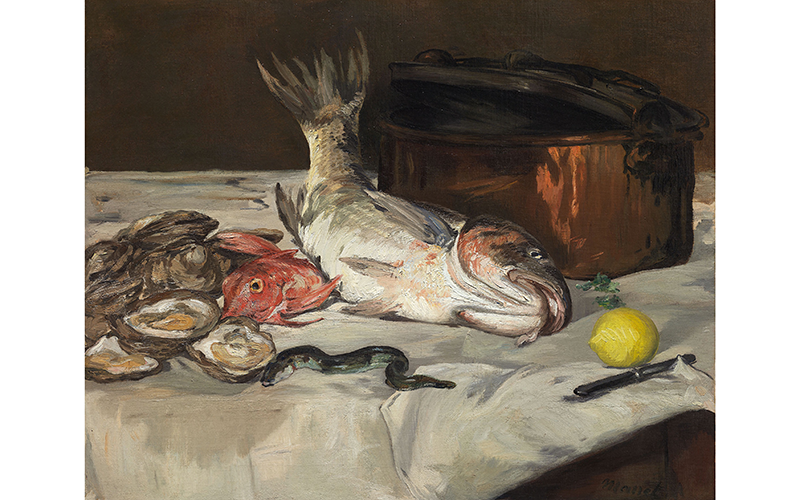- Events & Programs Home
- Calendar
- Accessibility
- Adults
-
Families & Teens
- Families & Teens Home
- 10x10 Teen Art Expo
- Art on the Rise
- Art Together: Art Making for Families with Children Ages 3–5
- Babies Sing with May Festival Minis
- Boy Scouts / Girl Scouts
- CAM Kids Day
- Family Storytime and Gallery Walk
- Family Studio: Art Making for Families with Children Ages 6–12
- Games in the Galleries
- Members-Only Baby Tours
- Public Baby Tours
- REC Reads
- Rosenthal Education Center (REC)
- Saturday Morning Art Class
- See Play Learn Kits
- Summer Camp
- Teen Fest: Zine and Comic Exchange
- Teachers
- Community Outreach
- Fundraisers
- Plan Your Own Event

- Events & Programs Home
- Calendar
- Accessibility
- Adults
-
Families & Teens
- Families & Teens Home
- 10x10 Teen Art Expo
- Art on the Rise
- Art Together: Art Making for Families with Children Ages 3–5
- Babies Sing with May Festival Minis
- Boy Scouts / Girl Scouts
- CAM Kids Day
- Family Storytime and Gallery Walk
- Family Studio: Art Making for Families with Children Ages 6–12
- Games in the Galleries
- Members-Only Baby Tours
- Public Baby Tours
- REC Reads
- Rosenthal Education Center (REC)
- Saturday Morning Art Class
- See Play Learn Kits
- Summer Camp
- Teen Fest: Zine and Comic Exchange
- Teachers
- Community Outreach
- Fundraisers
- Plan Your Own Event
Fish (Still Life)
Fish (Still Life)
- Home
- Plan Your Visit
- Art
-
Events & Programs
- Events & Programs Home
- Calendar
- Accessibility
- Adults
-
Families & Teens
- Families & Teens Home
- 10x10 Teen Art Expo
- Art on the Rise
- Art Together: Art Making for Families with Children Ages 3–5
- Babies Sing with May Festival Minis
- Boy Scouts / Girl Scouts
- CAM Kids Day
- Family Storytime and Gallery Walk
- Family Studio: Art Making for Families with Children Ages 6–12
- Games in the Galleries
- Members-Only Baby Tours
- Public Baby Tours
- REC Reads
- Rosenthal Education Center (REC)
- Saturday Morning Art Class
- See Play Learn Kits
- Summer Camp
- Teen Fest: Zine and Comic Exchange
- Teachers
- Community Outreach
- Fundraisers
- Plan Your Own Event
- Give & Join
- About
- Tickets
- Calendar
- Exhibitions
- Collections
- Blog
- Shop
- Art
- Exhibitions
- What, Me Worry? The Art and Humor of MAD Magazine
- Recall. Reframe. Respond. The Art of Paul Scott
- Rediscovered Treasures
- Special Features
- Upcoming Exhibitions
- Past Exhibitions
- Online Exhibitions
- Explore the Collection
- Provenance and Cultural Property
- Conservation
- Meet the Curators
- Digital Resources
- Art Bridges Cohort Program

Édouard Manet (1832–1883), France, Fish (Still Life), 1864, oil on canvas, 28 15/16 x 36 3/8 in. (73.5 x 92.4 cm), Art Institute of Chicago; Mr. and Mrs. Lewis Larned Coburn Memorial Collection, 1942.311
Audio Description
Fish (Still Life) is a three-foot wide oil painting on canvas, made in 1864 by the French artist Édouard Manet, who lived from 1832 to 1883. It is part of the Mr. and Mrs. Lewis Larned Coburn Memorial Collection at The Art Institute of Chicago, where its reference number is 1942.311.
The painting shows a tabletop covered with a white tablecloth. A pile of oysters, some shucked, spills out of view at the left. Beside it a small red fish looks out at the viewer, next to a large fish with a white belly that lies on its side. A slender black eel is near the front edge of the table, and a lemon and knife rest at the far right, where the tablecloth is folded over revealing the dark wood skirt of the table. A large copper pot sits behind and to the right of the fish.
Label Copy
Fish (Still Life) is a three-foot wide oil painting on canvas, made in 1864 by the French artist Édouard Manet, who lived from 1832 to 1883. It is part of the Mr. and Mrs. Lewis Larned Coburn Memorial Collection at The Art Institute of Chicago, where its reference number is 1942.311.
“A painter can express all that he wants with fruit and flowers, or even clouds,” Édouard Manet once noted to a younger colleague, implying that through the act of painting the humble subjects of a still life can be transformed into a great work of art.
Manet’s canvas depicts a large, diagonally positioned carp surrounded by oysters, a red mullet, a slithering eel, a lemon, a knife, and a reflective copper stockpot. The artist crops the scene tightly and chooses a viewpoint close to the tabletop, pushing the glistening fish almost uncomfortably toward us. Meanwhile, his brilliant brushwork animates the composition and emphasizes the physicality of the paint surface.
Cincinnati, OH 45202
Toll Free: 1 (877) 472-4226
Museum Hours
Museum Shop
Terrace Café
Library
Cincinnati Art Museum is supported by the tens of thousands of people who give generously to the annual ArtsWave Campaign, the region's primary source for arts funding.

Free general admission to the Cincinnati Art Museum is made possible by a gift from the Rosenthal Family Foundation. Exhibition pricing may vary. Parking at the Cincinnati Art Museum is free.
Generous support for our extended Thursday hours is provided by Art Bridges Foundation’s Access for All program.

General operating support provided by:



